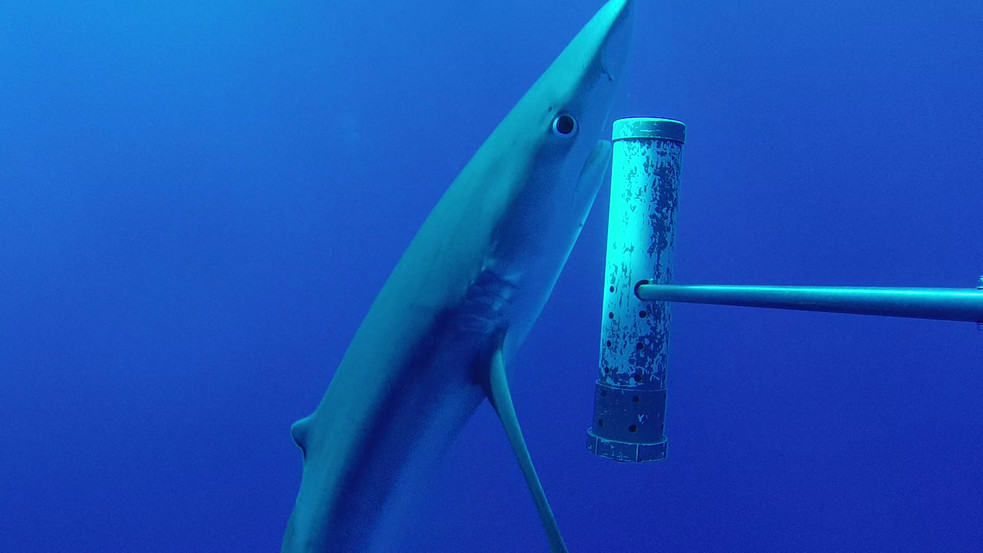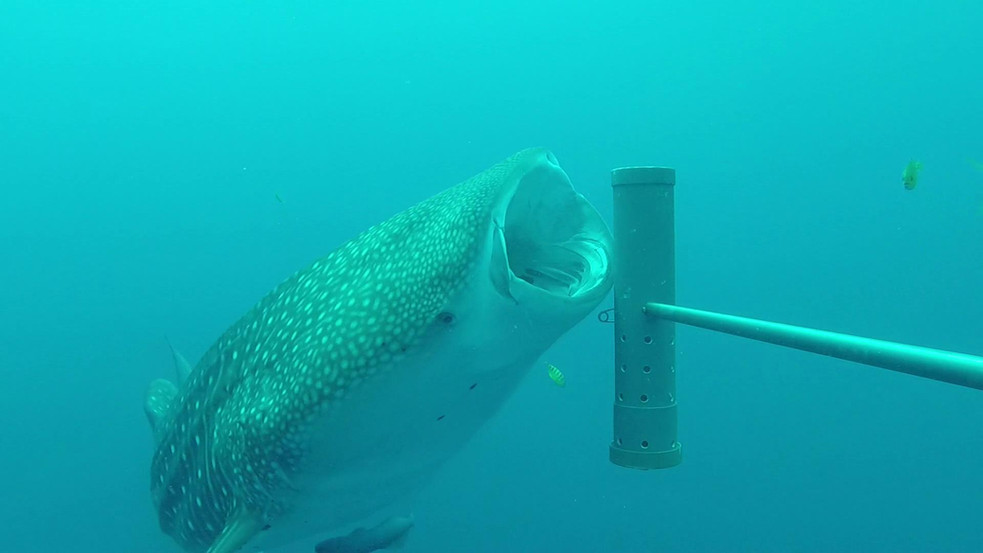UK launches world’s largest ocean monitoring system to protect wildlife and biodiversity
- Susan
- Apr 21, 2021
- 4 min read
The UK is to become the first country to pioneer a major network of underwater camera rigs, funding the world’s largest ocean wildlife monitoring system to help protect life below water.
The network is being set up as part of the UK Government Blue Belt programme – which covers more than four million square kilometres of ocean.
The camera systems – known as BRUVS – will allow the UK’s Overseas Territories to observe and manage ocean wildlife in their diverse ecosystems.
The non-intrusive method of capturing information on species will be used to document the incredible marine biodiversity in 10 Overseas Territories: Pitcairn, Ascension, St Helena, Tristan da Cunha, British Indian Ocean Territory, Cayman Islands, the British Virgin Islands, Anguilla, Montserrat and within the British Antarctic Territory.
The rigs are being rolled out at a time when the health of the ocean is declining and will allow scientists to improve their understanding of the marine environment and restore our oceans.
All marine life images courtesy the Marine Futures Lab, University of Western Australia.
UK Prime Minister Boris Johnson said: ‘The marine wildlife living along the coastlines of our Overseas Territories is some of the most spectacular in the world and we must do more to protect it.
‘Cutting edge technology, such as these cameras, will be vital in our crusade against climate change. Our marine experts are world leaders in protecting our ocean and the myriad of species that live within it.’
UK Minister for the Environment, Lord Goldsmith, said: ‘Understanding and protecting marine life is essential to maintaining our world’s biological diversity. The lack of information on the variety and abundance of different species in large parts of the ocean makes it difficult for countries to protect them effectively.
‘The UK is committed to tackling the biggest global challenges, including climate change and loss of biodiversity. In addition to nurturing and growing the magnificent Blue Belt – four million square kilometres of marine protected areas around UK Overseas territories – we are building a strong network of international science and technology partnerships.’
These UK funded underwater video cameras will provide a wealth of information on the biodiversity in the seas around the Overseas Territories, including on globally threatened species of shark and migratory fish, like the bluefin tuna.
The 66 stereo Baited Remote Underwater Video Systems (BRUVS) will be used to film and analyse data on many species, including white marlin, sailfish, silky sharks, black triggerfish, loggerhead turtles, Gould’s squid, bottlenose wedgefish and sea snakes.
The four year programme – named the Global Ocean Wildlife Analysis Network – is expected to cost £2 million and will provide information on the ocean wildlife found in the vast maritime areas of the Overseas Territories, in the Atlantic, Indian and Pacific Oceans. It will also be used at the British Antarctic Survey Station, Rothera, in the Southern Ocean.
Project partner Blue Abacus, based in Perth, Western Australia, has pioneered the development of cutting edge carbon fibre BRUVS.
Co-founder of Blue Abacus and professor at the University of Western Australia, Jessica Meeuwig, said: ‘The world’s tunas, sharks and large reef fish continue to decline in numbers and this trend must be reversed. This programme will give decision makers the evidence they need to act decisively in support of their blue economies.
‘We are delighted that the UK Government and Overseas Territories support the drive for increased knowledge as we rebuild our oceans. Our refinements to conventional underwater cameras are what makes possible the rollout of this programme over four ocean basins, the largest single such government-supported initiative globally.’
Blue Abacus will work with the 10 participating Territories to provide a benchmark of scientific understanding of the marine species and habitats within their maritime area, allowing the Territories to take more informed decisions about protecting and managing these diverse ecosystems.
Timothy Austin, deputy director, research and assessment, Cayman Islands Department of Environment, said: ‘The Cayman Islands Department of Environment is very excited at the opportunity to participate in the network that will bring the BRUV network into the Caribbean region for the first time.
‘The opportunity to take this technology further offshore will greatly enhance the Cayman Islands’ ability to implement meaningful and effective conservation regimes for this data limited, poorly understood, but crucially important ecosystem.’
Diane Baum, director of conservation and fisheries, Ascension Island Government, said: ‘Ascension is committed to safeguarding its vast 445,000 square kilometre Marine Protected Area, but we recognise how challenging this will be. The support of the Blue Belt Programme and the opportunity to join this network will help us to meet that challenge. Our previous use of BRUVS has given us an insight into the amazing diversity of our open ocean ecosystems and enabled us to identify hotspots of biodiversity that need special protection. Being part of this initiative will provide Ascension with the information we need to take good local management decisions.’
This initiative builds on significant progress to improve our understanding of the marine environment of the Overseas Territories through the Blue Belt programme, and ensure these diverse ecosystems are protected and managed for future generations. Through the Blue Belt programme, the Overseas Territories have put in place large scale marine protection measures covering over four million square kilometres.




















Comments